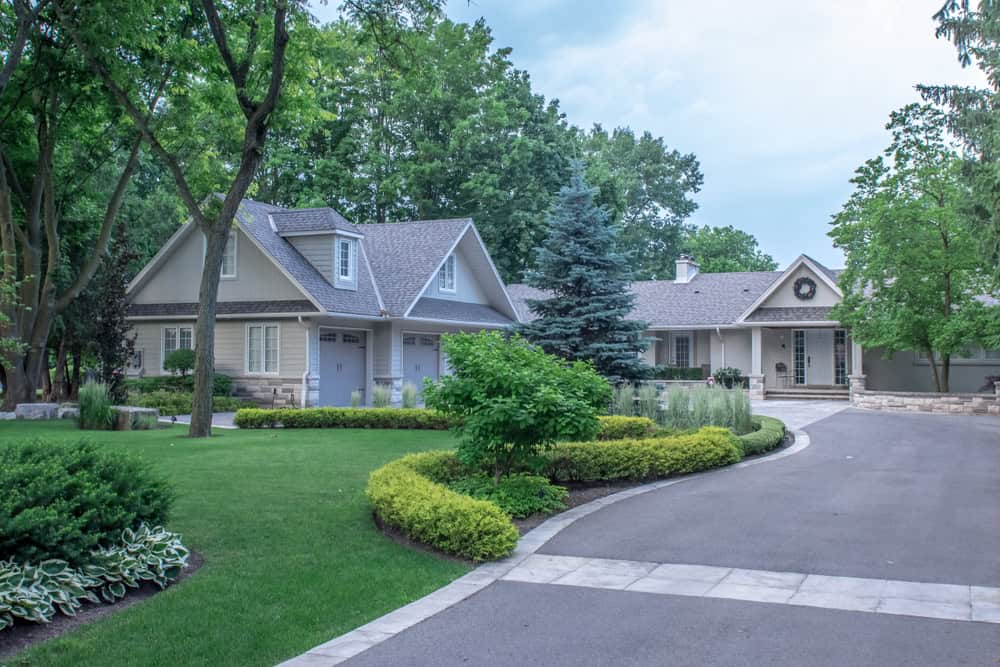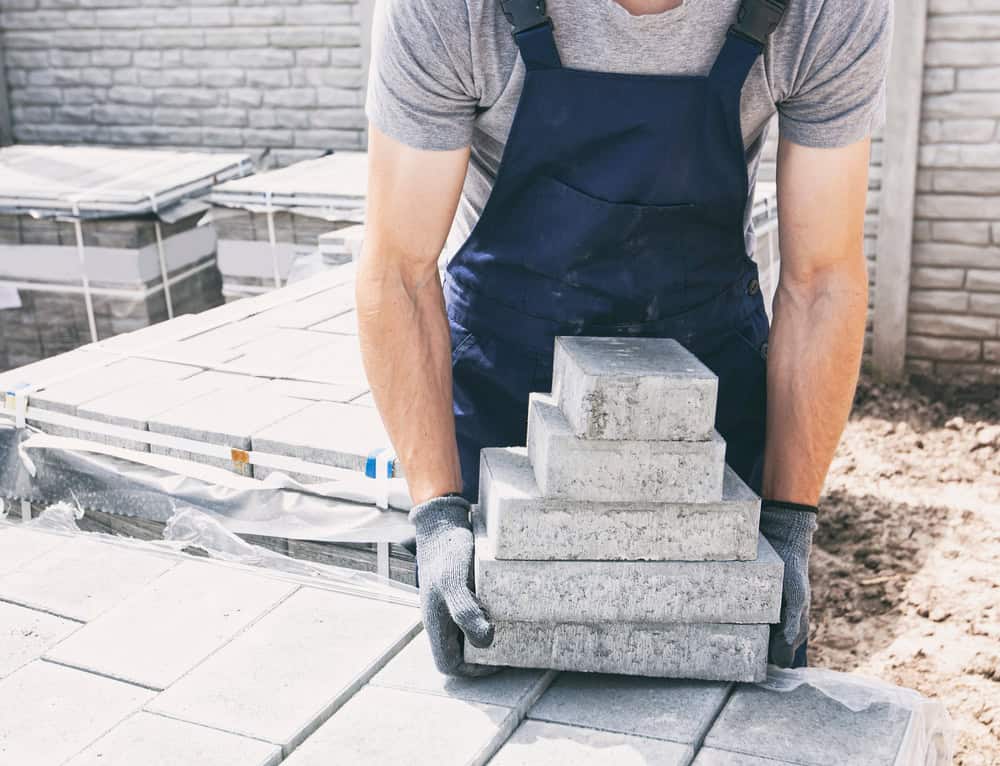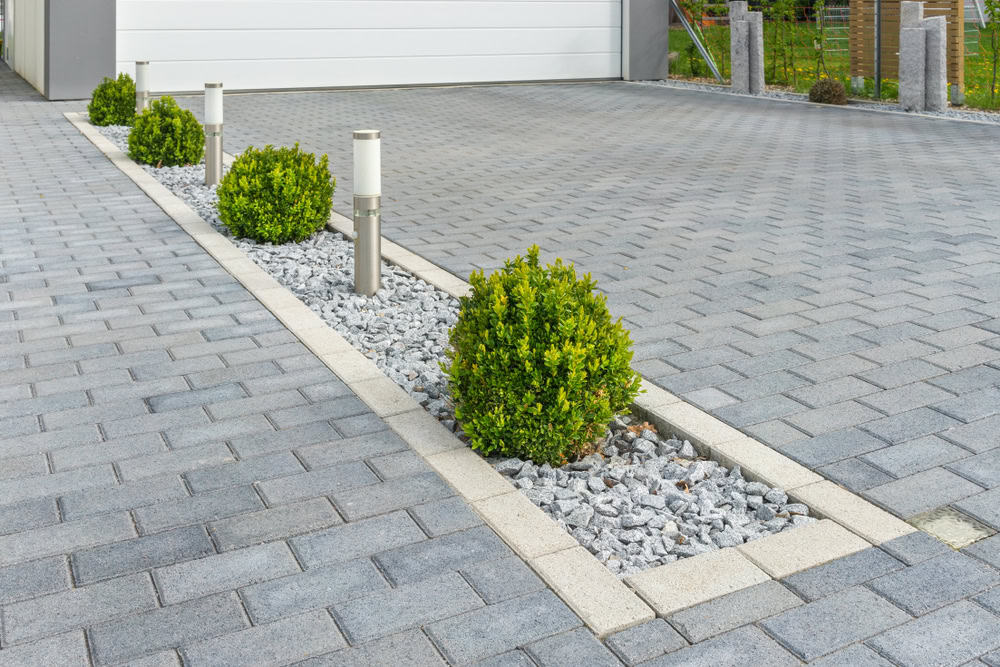Professional paver installation that handles New England weather without shifting, cracking, or settling over time.


You want a patio or driveway that looks great today and still looks great in twenty years. That means proper base preparation, correct drainage, and materials that can handle Massachusetts freeze-thaw cycles without buckling or shifting.
Most paver problems happen because corners were cut during installation. When your base isn’t deep enough or your drainage isn’t right, you end up with uneven surfaces, standing water, and expensive repairs down the road.
We handle the technical details so you don’t have to worry about them. Proper excavation depth, compacted base materials, edge restraints that actually restrain, and drainage that directs water away from your foundation. The result is a paver surface that stays level and looks professional year after year.
Academy Masonry has been installing pavers throughout Lincoln Center and surrounding Massachusetts communities for years. We understand what works in this climate and what doesn’t.
Every project starts with understanding your specific site conditions. Soil type, drainage patterns, sun exposure, and how you actually use the space. This isn’t about selling you the most expensive option – it’s about recommending what makes sense for your property and budget.
We’re licensed, insured, and familiar with local building requirements. When we give you a timeline, we stick to it. When we give you a price, that’s what you pay.

First, we meet at your property to discuss what you want and assess site conditions. We’ll talk about materials, design options, and any drainage considerations specific to your yard.
Next comes excavation and base preparation. This is the most critical part – we remove soil to the proper depth, install base materials in lifts, and compact everything to specifications. We also install edge restraints and address any drainage needs.
Then we set the pavers according to your chosen pattern, ensuring consistent spacing and alignment. Finally, we sweep in joint sand, compact the surface, and clean up completely. You get a detailed explanation of maintenance requirements and our warranty information.

Ready to get started?
Every paver installation includes proper excavation, base preparation with crushed stone, edge restraints, and professional-grade joint sand. We handle all the technical requirements so your pavers perform correctly.
You’ll also get guidance on material selection based on your specific needs. Different pavers work better for different applications, and we’ll explain the pros and cons of each option without pushing you toward the most expensive choice.
We coordinate any necessary permits and ensure compliance with local requirements. Our work area stays organized throughout the project, and we protect existing landscaping and structures. When we’re finished, your property is cleaner than when we started.
